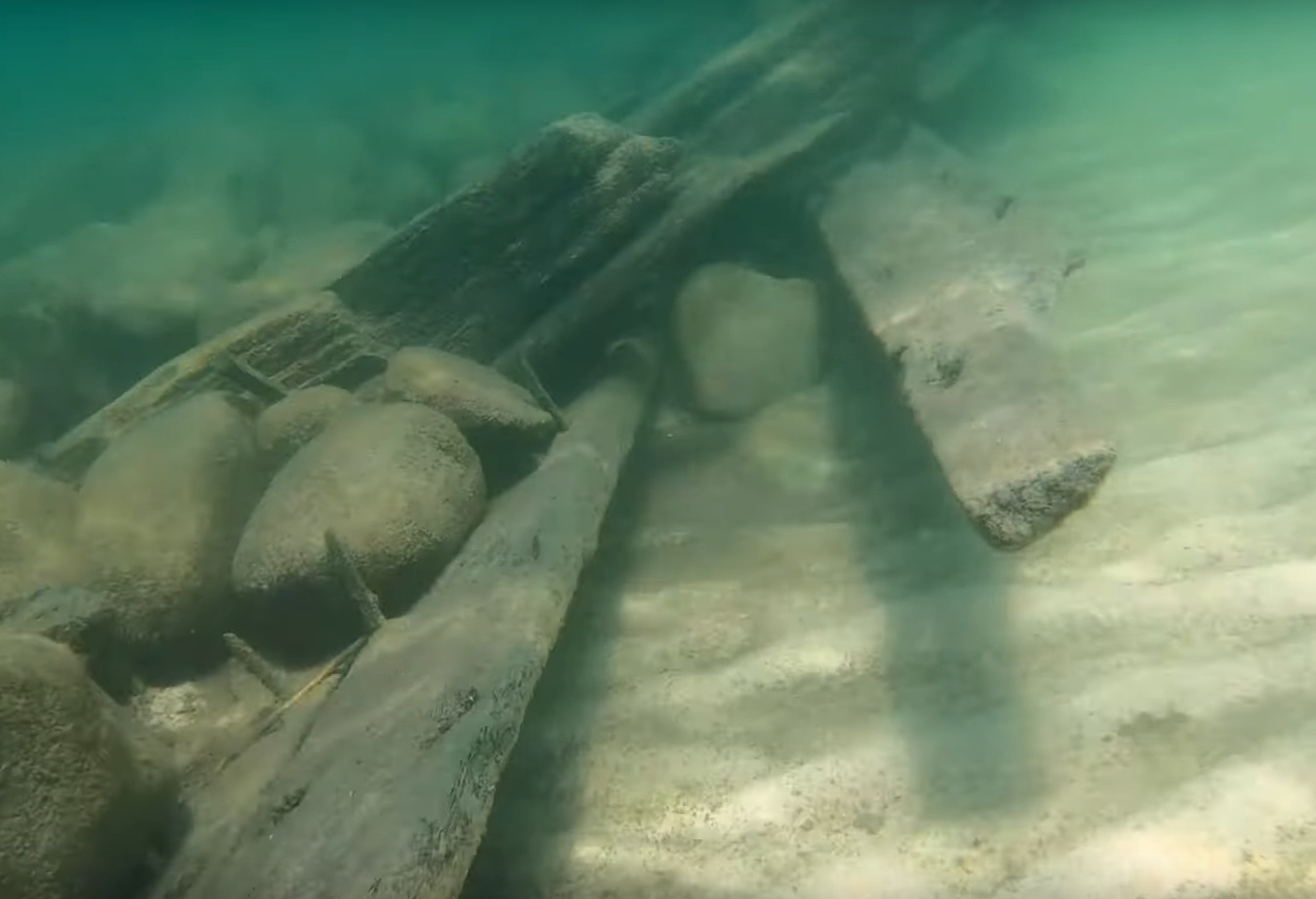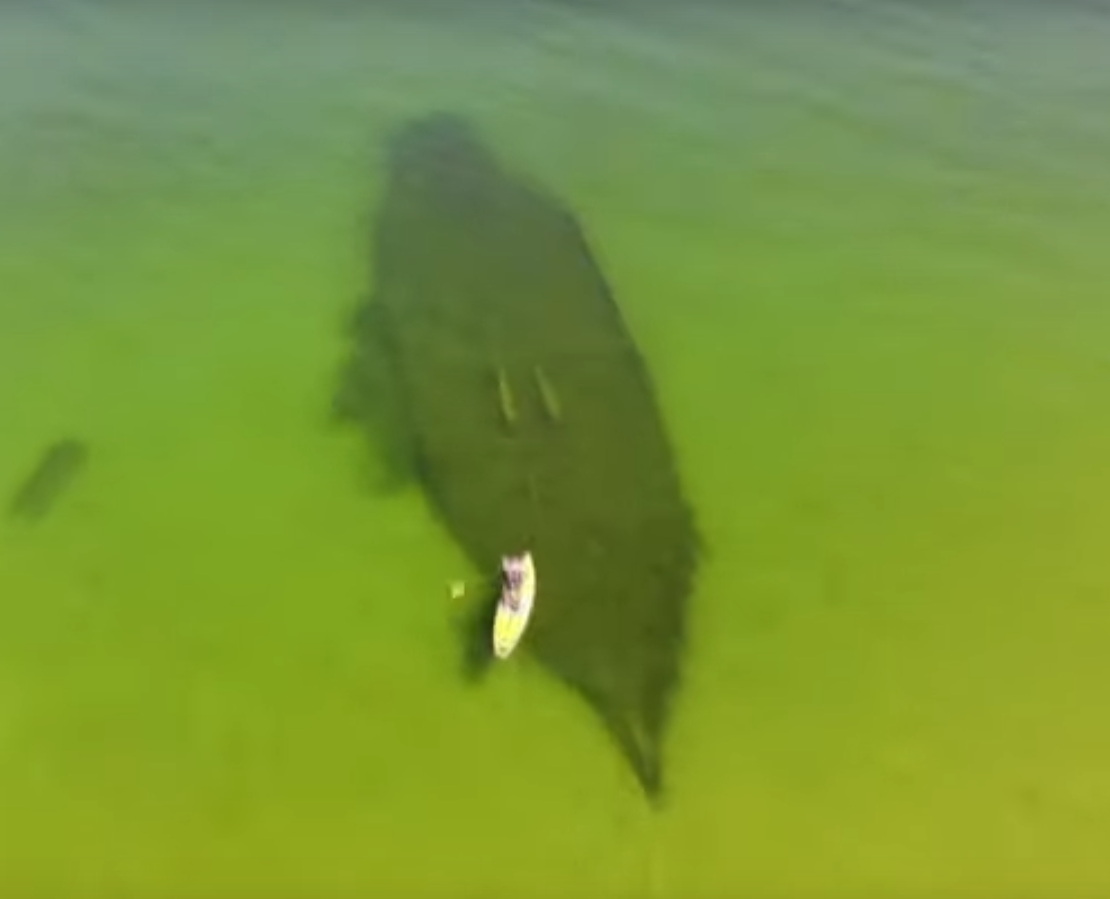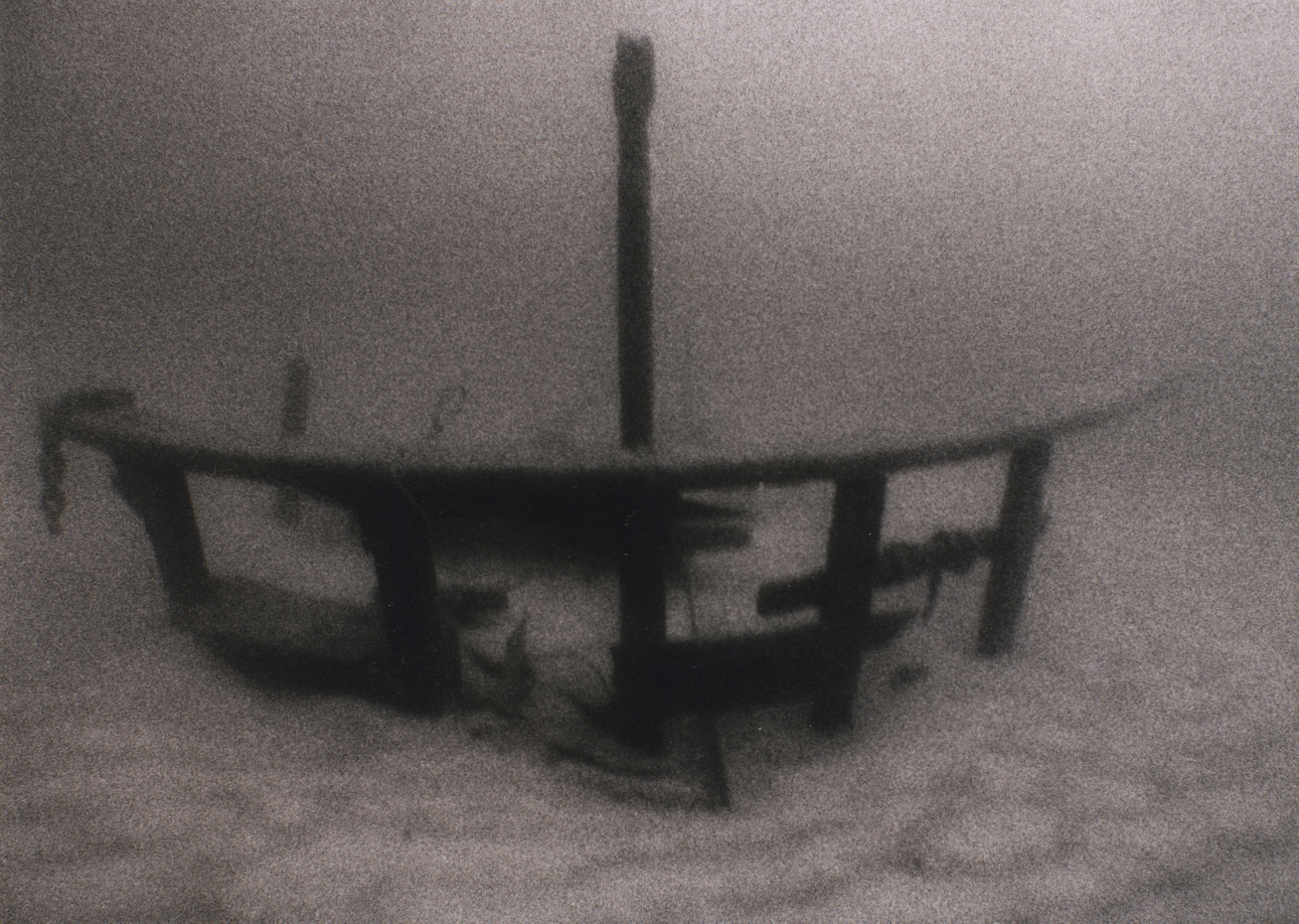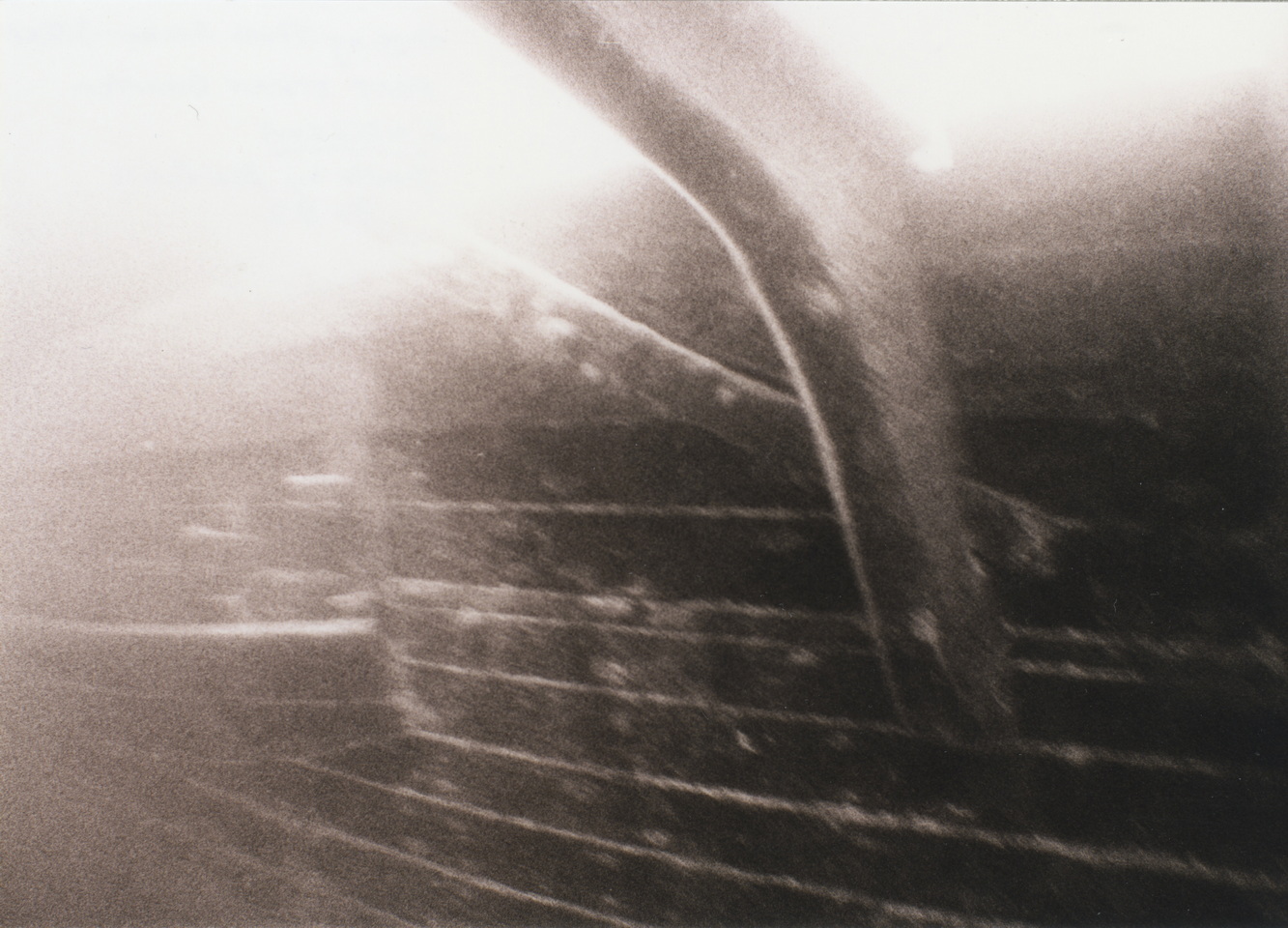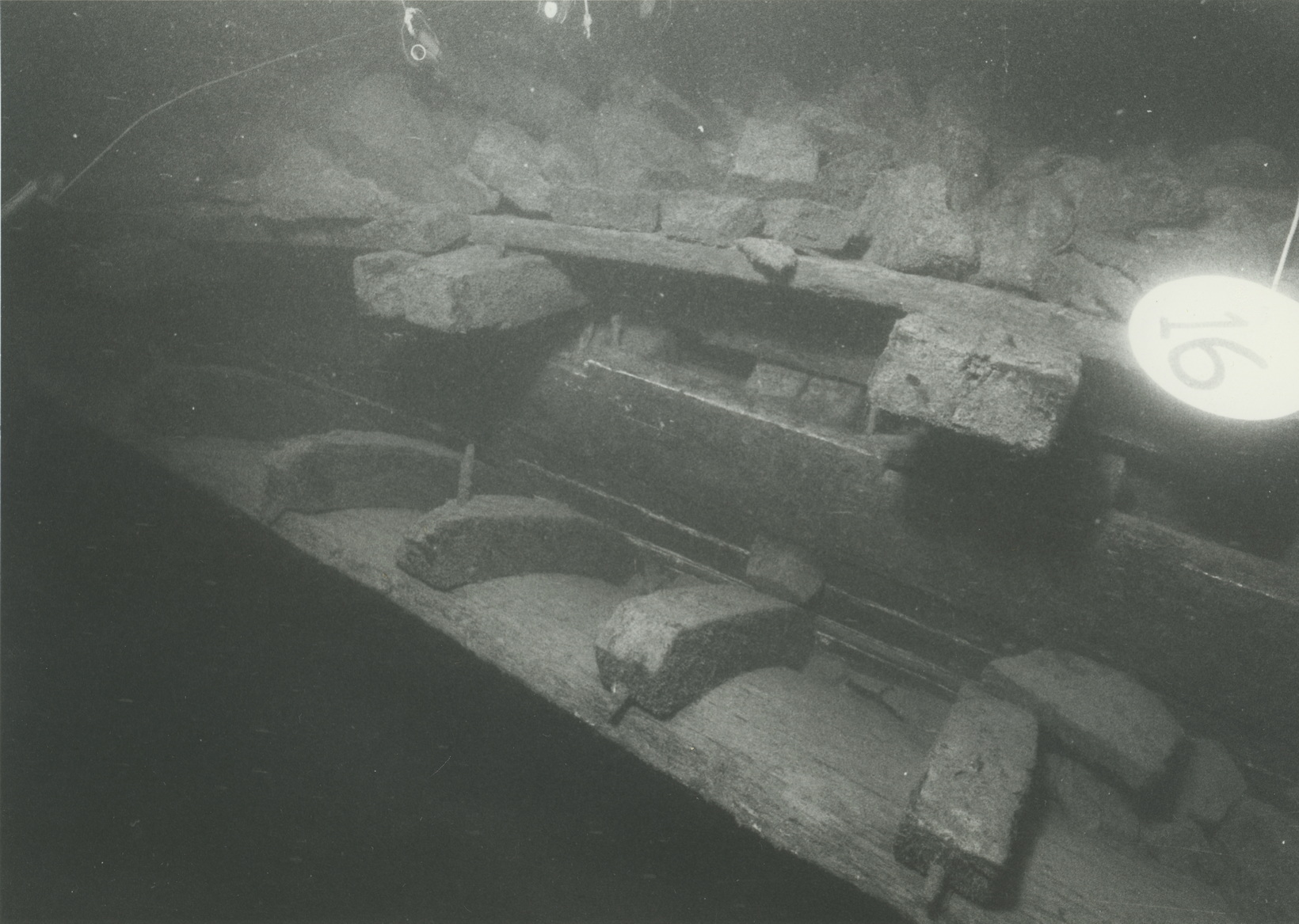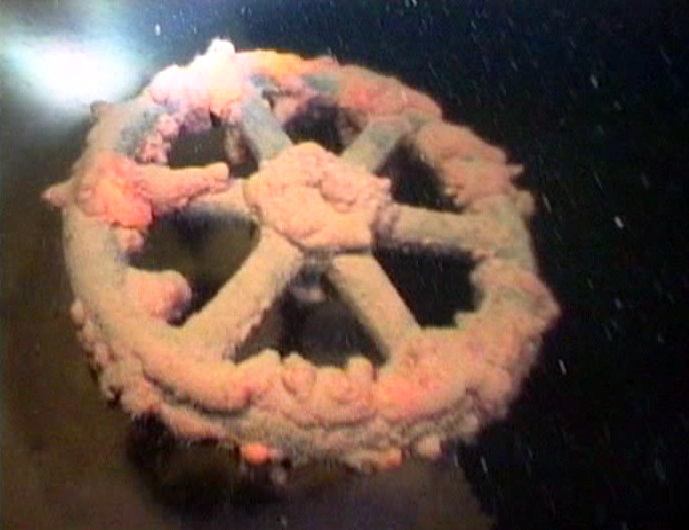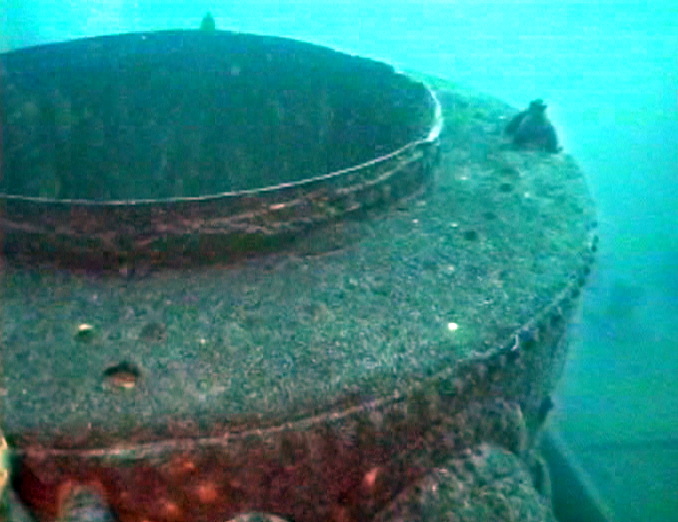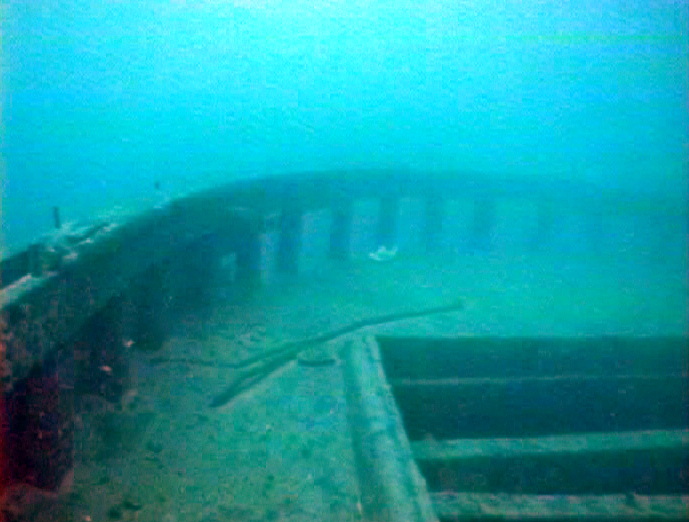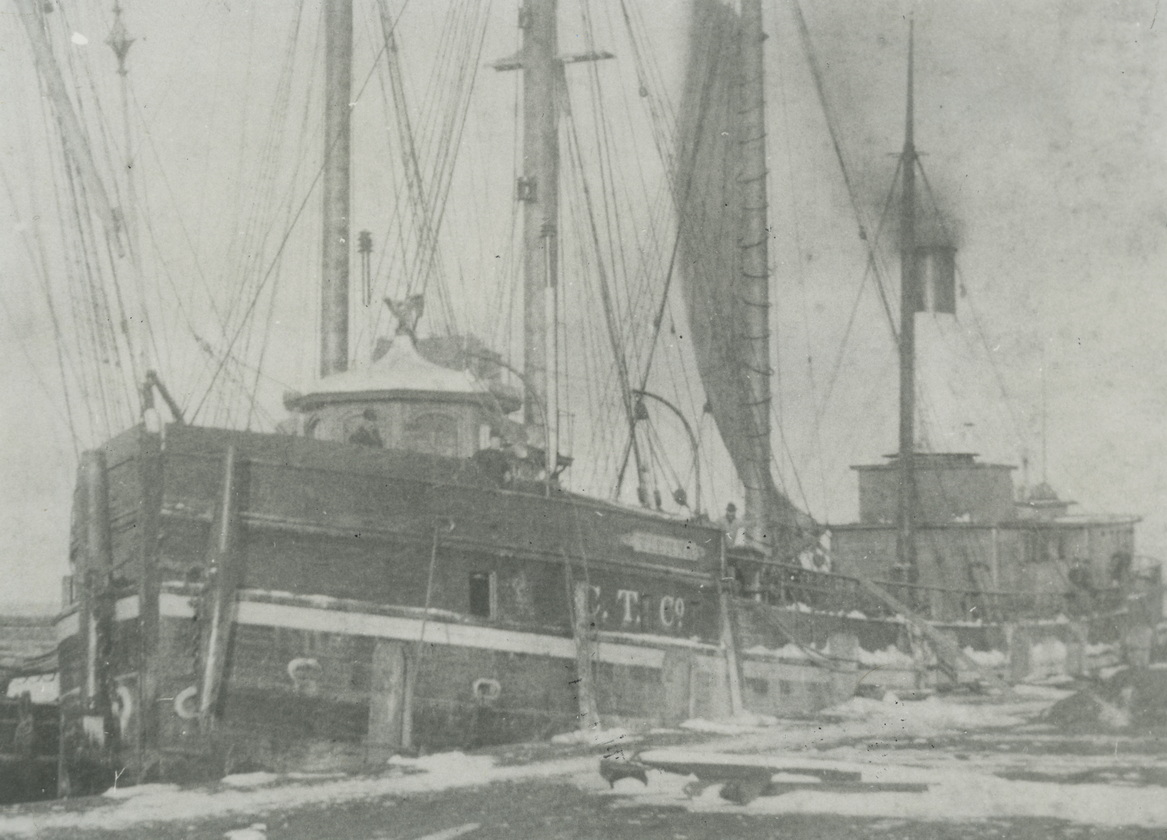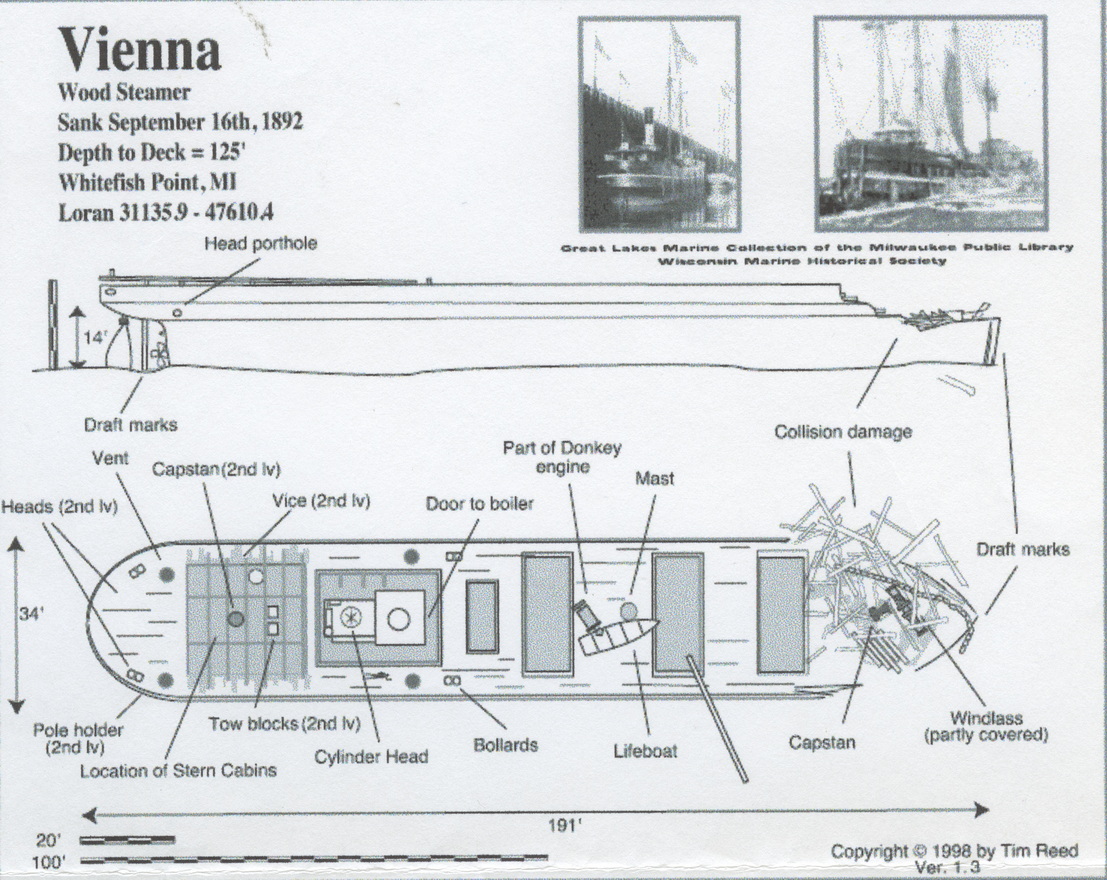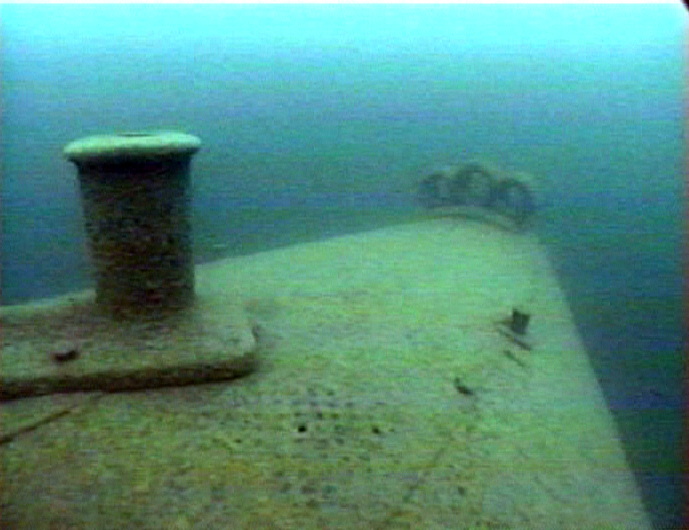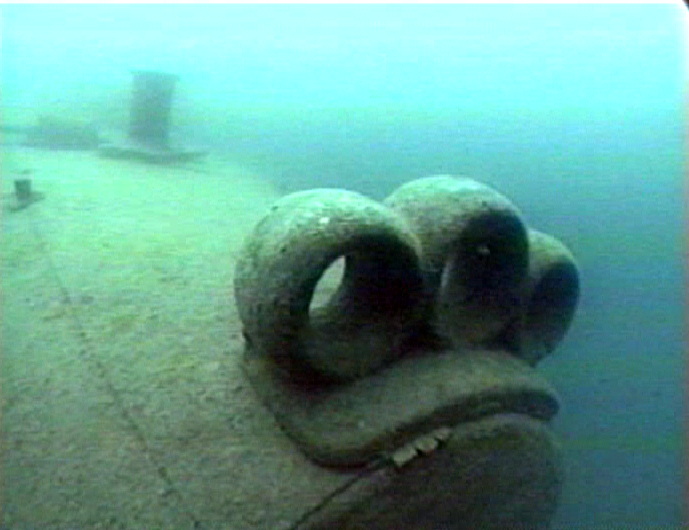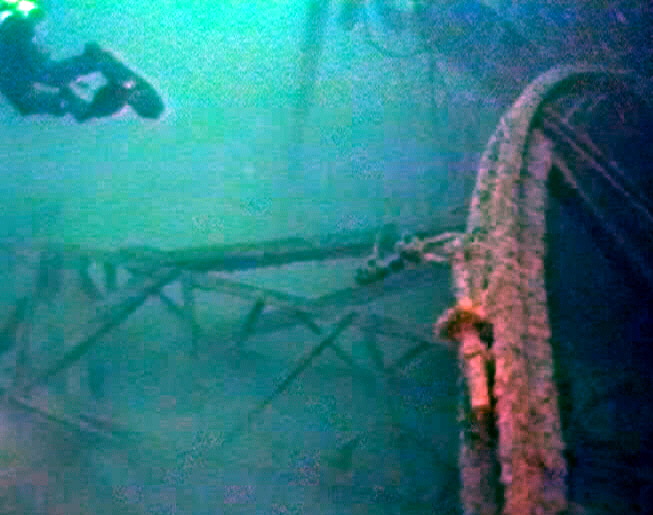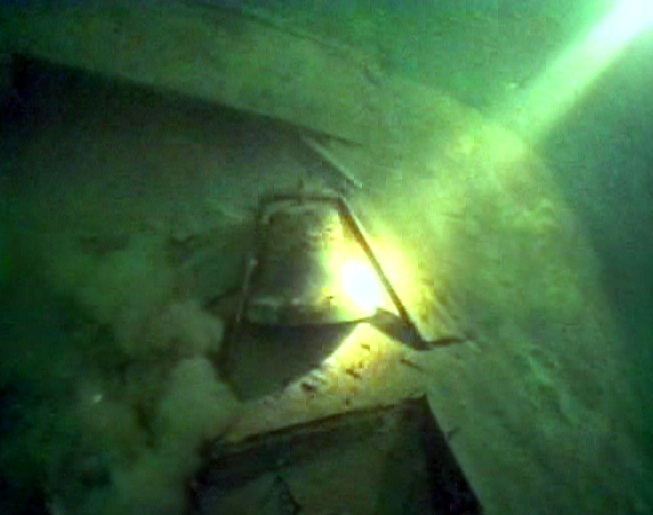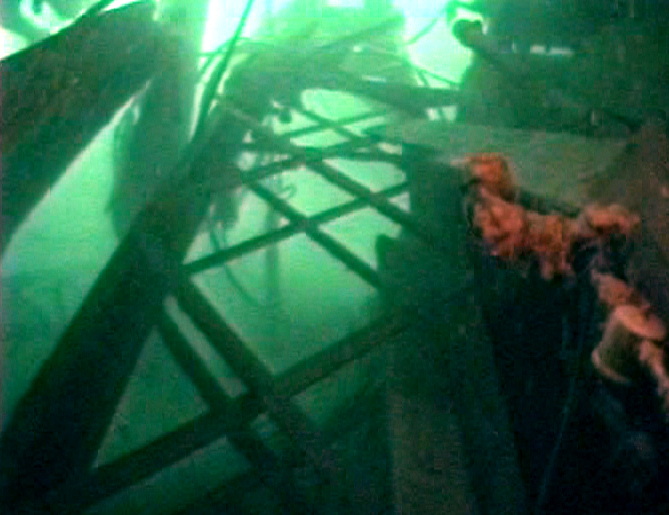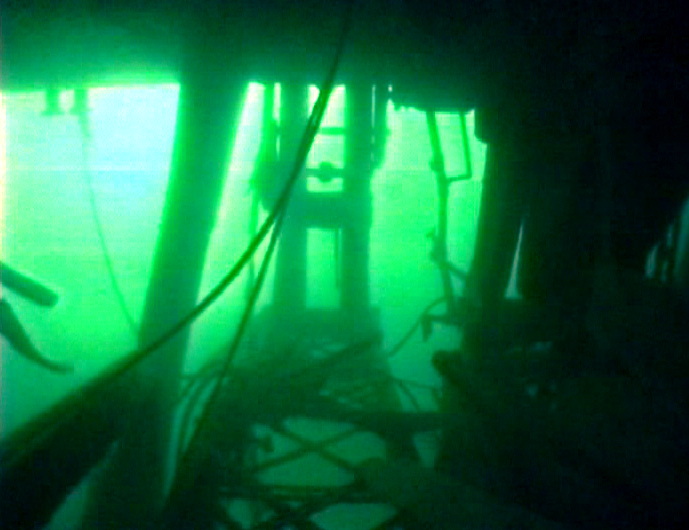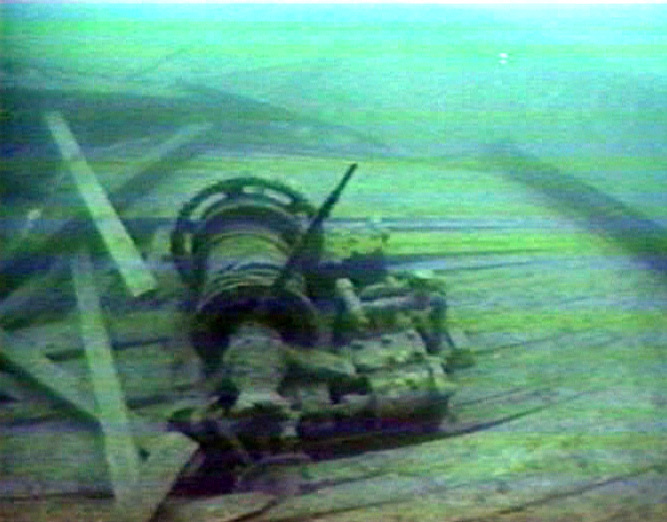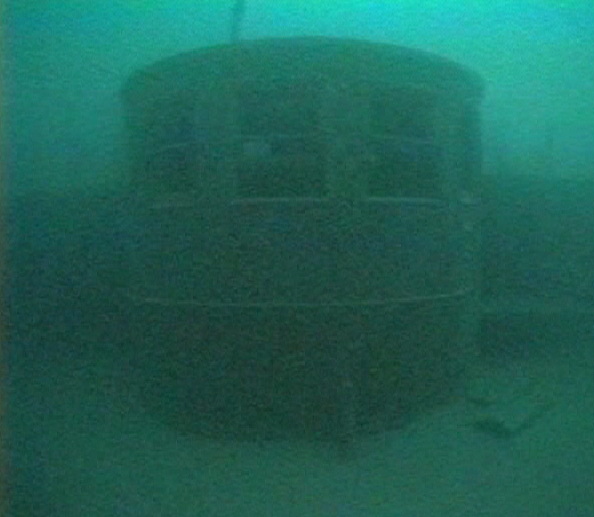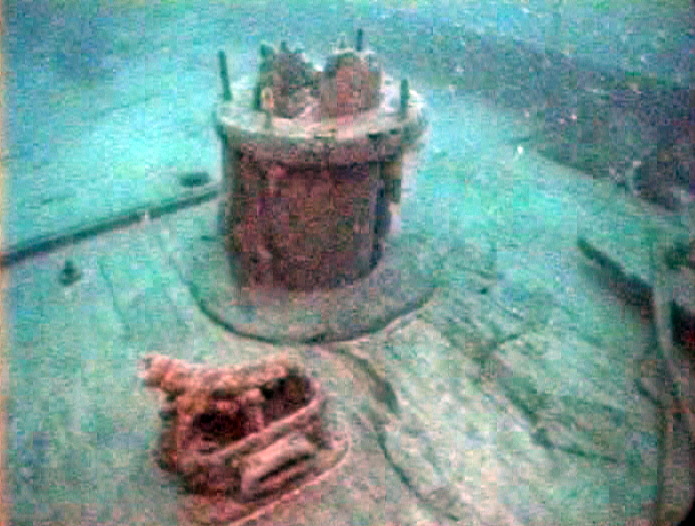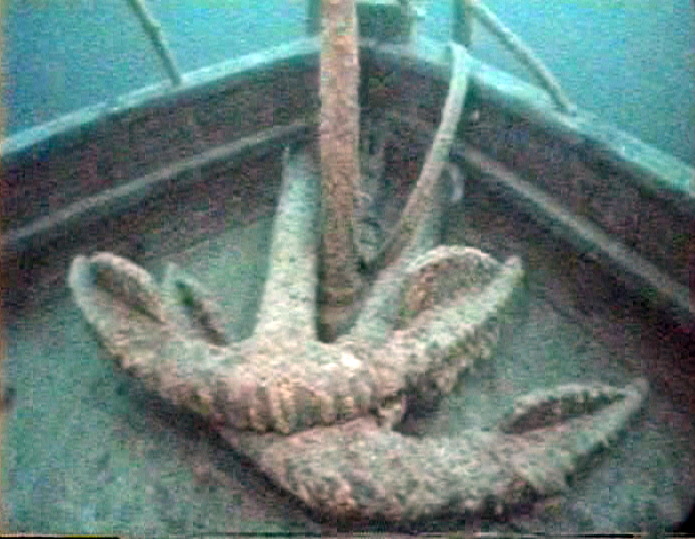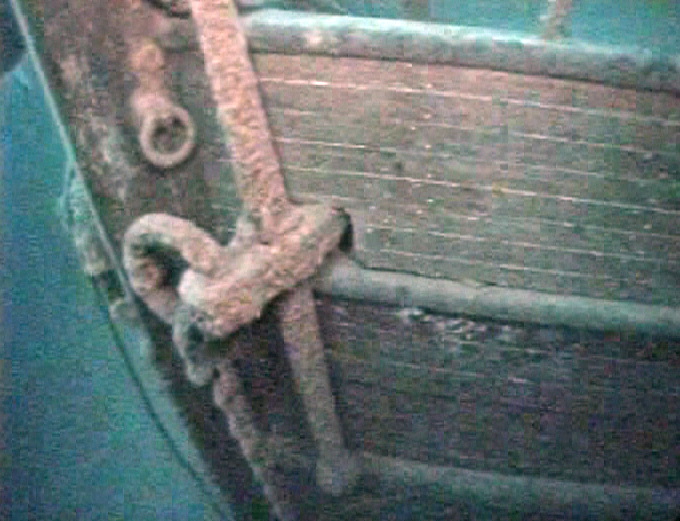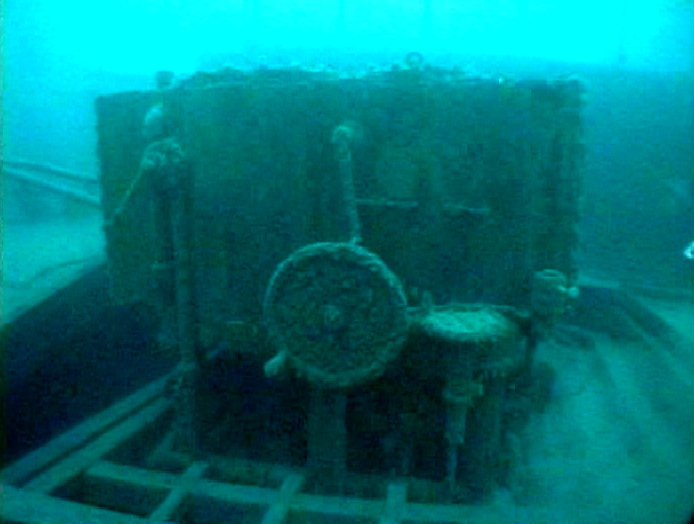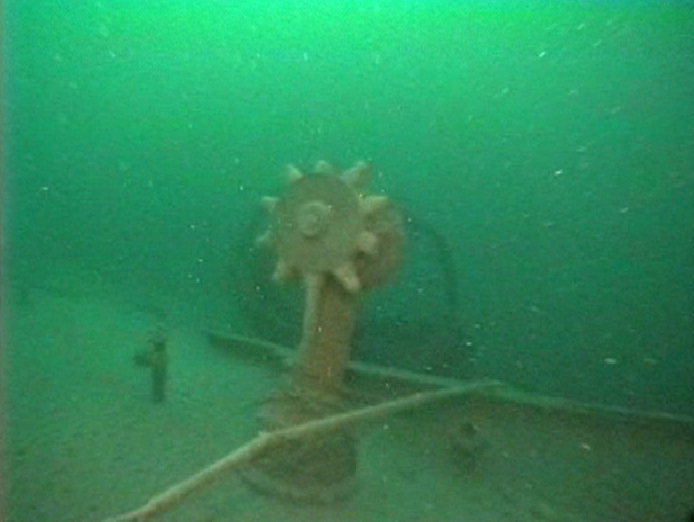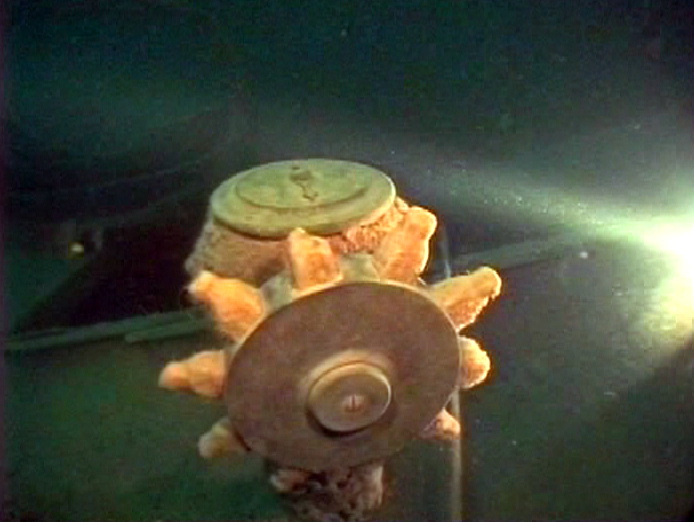Whitefish Point Underwater Preserve
 Virtually every ship traversing Lake Superior passes by Whitefish Point. This peninsula creates the natural harbor of Whitefish Bay. Many ships have been lost trying to reach its shelter.
Virtually every ship traversing Lake Superior passes by Whitefish Point. This peninsula creates the natural harbor of Whitefish Bay. Many ships have been lost trying to reach its shelter.
The Whitefish Point Underwater Preserve embraces much of Whitefish Bay, plus a portion of Lake Superior’s southern coastline west of Whitefish Point. It is in these areas that storms, fog, and heavy marine traffic have combined to create a long list of historical shipwreck sites, with more yet to be found.
Whitefish Point is widely known for its deeper shipwrecks sites. Highly trained technical divers plan intricate profiles which incorporate mixed breathing gasses and decompression schedules. Those seeking to explore shipwrecks beyond recreational diving limits will find several extraordinary sites to explore. The deep cold waters of Lake Superior yield underwater visibility ranging from 20 to 150 feet and the shipwrecks are largely free of zebra & quagga mussels.
Several previously undiscovered shipwreck sites were located in 2006 and 2007 by the Whitefish Point Underwater Preserve volunteers. Most of the locations have been surveyed, identified, photographed and extensively video recorded. These recent discoveries are located in water generally 10 to 30 feet in depth. Shifting sands have uncovered these wrecks to give insight to their location and condition. With each year and changing weather conditions, these wrecks may become completely covered with moving sand. As an example, currently, the Nimick’s bow is covering up again, while the stern is more exposed.
The local group ceased diving operations a few years back after one of their diver suffered a severe case of DCS. Thus, moorings are haphazard, placed or raised by visiting divers. You should be prepared to install your own mooring line if you find there is no mooring at the site you’ve chose. Remember not to “hook” the wreck – drop a marker line and send a diver down to install the mooring to a strong portion of the wreck.
Divers visiting the Whitefish Point area will want to include a visit to the Great Lakes Shipwreck Museum at Whitefish Point. It has many displays, models, and artifacts on loan from the State of Michigan that were recovered from shipwrecks in the area. Today, the removal of artifacts from shipwreck sites is illegal.
Besides diving, the area abounds with nature activities including the Tahquamenon Falls State Park. Located by the Tahquamenon upper falls is the Camp 33 Tahquamenon Brewery and Pub. The upper falls is the largest waterfall east of the Mississippi River. Whitefish Point is also a premier site for viewing migrating waterfowl, raptors and songbirds and is a must-see in spring and fall.
For additional information on the Whitefish Point area please visit the Paradise Michigan Chamber of Commerce.
| Wreck Name & Year Lost | Depth | GPS/LAT/LON |
|---|---|---|
| Allegheny (1913) | 30′ | N 46° 43.901 W 085° 19.810 |
| Cleveland (1864) | 15′ | N 46° 42.235 W 085° 24.326 |
| Comet (1875) | 200′ to 230′ | N 46° 42.988 W 084° 52.012 |
| John B. Cowle (1909) | 170′ to 220′ | N 46° 48.271 W 084° 57.846 |
| W.S. Crosthwaite (1904) | 15′ | N 46° 28.126 W 084° 52.346 |
| M. M. Drake (1901) | 50′ | N 46° 46.588 W 085° 05.933 |
| Eureka (1886) | 55′ | N 46° 50.029 W 085° 10.808 |
| Ora Endress (1914) | 10′ | N 46° 46.395 W 084° 58.657 |
| Indiana (1858) | 115′ | N 46° 48.574 W 085° 17.184 |
| Jupiter (1872) | 10′ | N 46° 43.902 W 085° 19.810 |
| Phineas S. Marsh (1896) | 15′ | N 46° 43.516 W 085° 20.746 |
| Samuel Mather (1891) | 140′ to 170′ | N 46° 32.271 W 084° 42.334 |
| John Mitchell (1911) | 125′ to 150′ | N 46° 49.911 W 085° 04.880 |
| Miztec (1921) | 55′ | N 46° 48.085 W 085° 04.502 |
| Myron (1919) | 45′ to 55′ | N 46° 48.463 W 085° 01.646 |
| Niagara (1887) | 100′ | N 46° 49.169 W 085° 07.532 |
| Alec Nimick (1907) | 25′ | N 46° 45.743 W 085° 12.982 |
| John Osborn (1884) | 145′ to 165′ | N 46° 51.974 W 085° 05.210 |
| Pacific (1887) | 15′ | N 46° 40.770 W 085° 37.500 |
| Panther (1916) | 90′ to 110′ | N 46° 38.291 W 084° 48.358 |
| Sadie Thompson (1950) | 114′ | N 46° 42.512 W 084° 59.856 |
| Saturn (1872) | 32′ | N 46° 45.952 W 085° 01.547 |
| Sagamore (1901) | 72′ | N 46° 31.089 W 084° 37.927 |
| Starucca (1888) | 15′ | N 46° 41.106 W 085° 48.510 |
| Superior City (1920) | 190′ to 270′ | N 46° 43.477 W 084° 52.434 |
| Vienna (1892) | 120′ to 148′ | N 46° 44.416 W 084° 57.927 |
| Yosemite (1892) | 10′ | N 46° 31.274 W 085° 02.341 |
| Zillah (1926) | 230′ to 250′ | N 46° 43.697 W 084° 54.951 |
| Julia Palmer -Pendle Creek (1848) | 10′ | N 46° 26.714 W 084° 49.255 |
| Grand Marais Site | Shore Line | N 46° 41.414 W 085° 50.555 |
Among the best shipwreck dives in or near the Whitefish Point Underwater Preserve are:
M. M. Drake
Built in 1882, the M. M. Drake was a 201 foot wooden hull steamer. She foundered off Vermilion Point in a heavy gale on October 2, 1901. The Drake lost the line to her sinking consort Michigan, and then collided with her while trying to take off her crew. The Northern Wave and Crescent City rescued the crews of both vessels. The Drake was located in 1978 in 40 to 50 feet of water.
Miztec
The Miztec was built at Marine City, Michigan in 1890. On May 15, 1921, the 194 foot, three masted schooner was carrying a load of salt in tow of the steamer Zillah. A storm arose suddenly and her line parted and she disappeared from sight. Her crew of seven was lost. The Miztec is now spread across the bottom in 45 to 55 feet of water.
Myron
The 186 foot lumber hooker Myron was built in 1888. On November 22, 1919, she began to leak in a terrific northwest gale. Her crew cut a barge in tow loose and prepared to abandon ship, but the seas were too high. Despite the steamer Adriatic trying to block the weather and three attempts by the Lifesaving Service, the Myron sank with seventeen on board. The captain survived by standing on the pilothouse when it floated free. Located in 1972, the Myron lies broken into scattered debris in about 50 feet of water.
Indiana
The Indiana was built in 1848. The wooden steamer measured 147 feet in length. On June 6, 1858, the Indiana sank in 100 to 115 feet of water due to mechanical failure ten miles off Crisp Point. Bound for the Soo, she blew a propeller seal, split her stern post, filled with water and foundered quickly. Her cabin was blown off by the pressure and floated about for a while with its lights still burning. The crew and four passengers, including Frank Perew, the ship’s owner, made it to shore in her boats, camped out overnight and then sailed one of her boats to Whitefish Point, where the schooner St. Paul brought them to the Soo. Her machinery was recovered in 1978-79 and now resides at the Smithsonian Museum in Washington, D.C. It is reputedly the oldest marine engine existing that was built in North America.
Niagara
The three masted wooden schooner-barge Niagara was built in 1873 and measured 204 feet in length. In 1887 the Niagara was coming from Wisconsin with a cargo of iron ore in tow of the steamer Australasia. During a severe gale on September 7, 1887, the tow line broke. The Niagara slipped into the wave-troughs, capsized and sank. Her iron ore, which was usually a stable cargo, shifted in the big waves. She was reportedly overloaded by about 250 tons. The nine member crew escaped the boat but was lost when her lifeboat capsized. The Niagara was located in 1972 in 90 to 100 feet of water.
Panther
The 237 foot wooden steamer Panther was built in 1890. On June 26, 1916, she was heading toward Sault Ste. Marie with a cargo of grain. As she was proceeding across a fog covered Whitefish Bay, she was rammed by the steamer James J. Hill. The Hill kept running into the hole until the Panther’s crew clambered aboard. She sank quickly when the Hill backed away. The Panther was found in 1975 in 90 to 110 feet of water. Divers can see two anchors in the bow area, grain cargo, and tools in the stern.
Vienna
The wooden steamer Vienna, built in 1873, measured 191 feet in length. She sank on September 17, 1892 following a collision with the propeller Nipigon about four miles below Whitefish Point. The Vienna was carrying a cargo of iron ore with the schooner Mattie C. Bell in tow. Following the collision, the Nipigon towed the Vienna for about an hour, but the vessel went down in deep water. No lives were lost. Her stern rises majestically from a depth of 145 feet, the bow portion has collapsed. Divers can find a mix of tools and artifacts scattered around the wreck.

